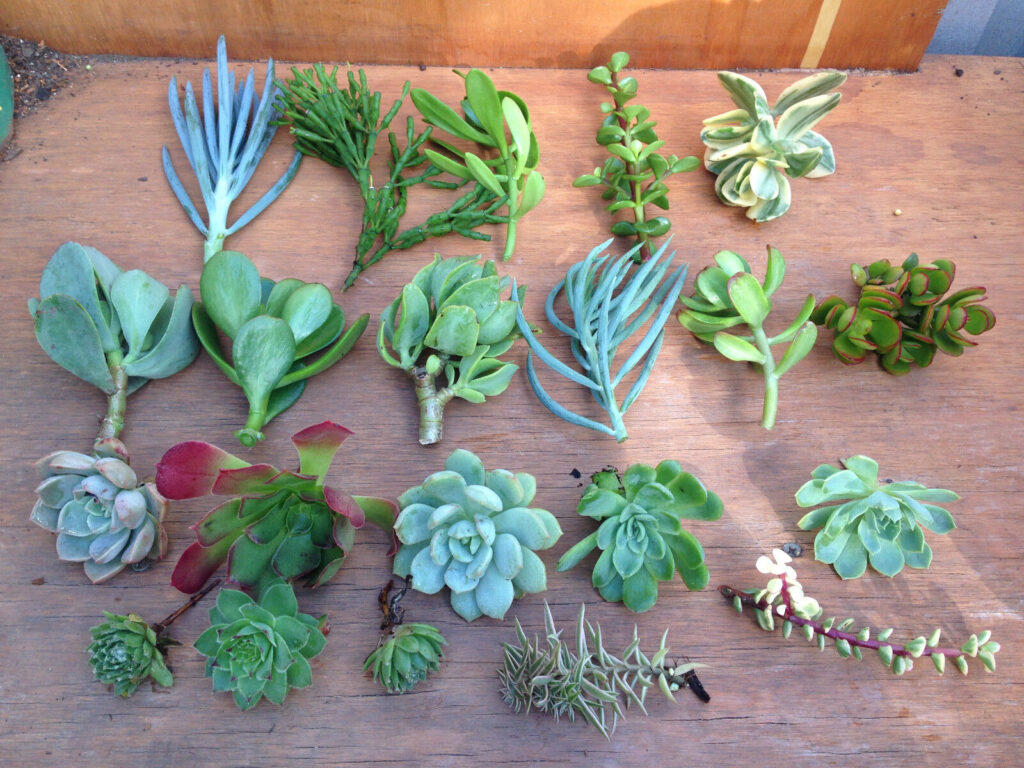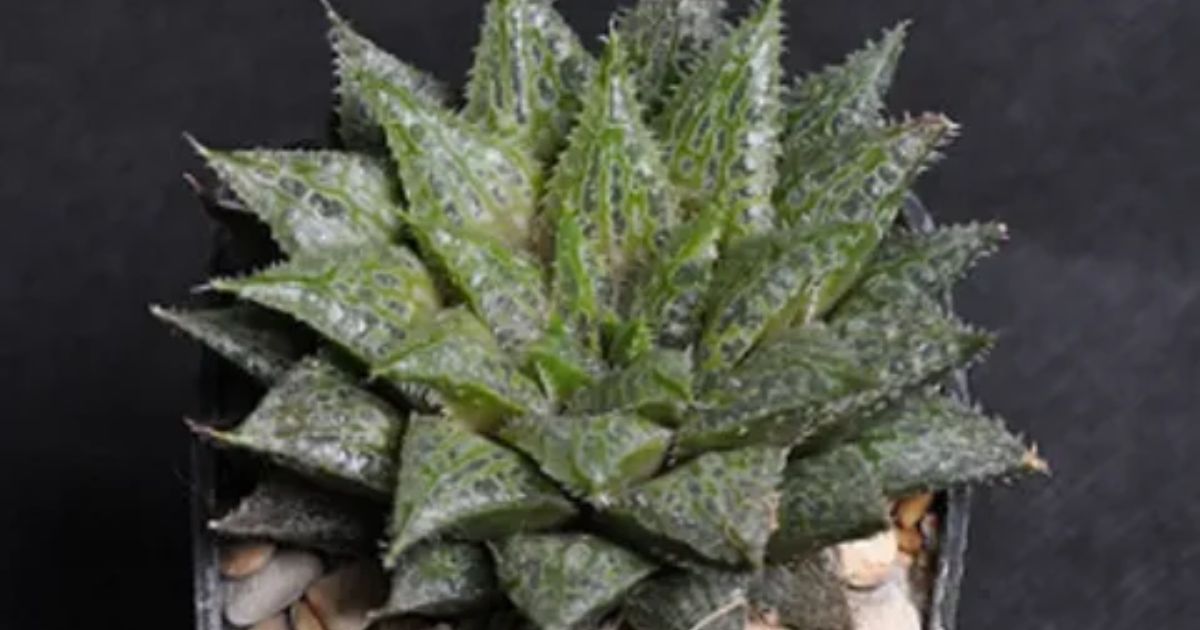Succulents, such as cacti and echeverias, are hardy plants known for their ability to store water in their fleshy leaves. In favorable conditions with proper care, succulents can live for several years to decades, making them long-lasting houseplants. Some succulent species, like the Saguaro cactus, can even thrive for over a century in their native environments.
The lifespan of a succulent depends on its species, care, and the environment it is grown in. Are you curious about How Long Do Succulents Live Join us on a green journey to discover the secrets of these remarkable plants’ longevity. Let’s explore their fascinating lifespans and learn how to nurture your succulents for a thriving future.
Succulents typically enjoy a lengthy life, ranging from several years to several decades, based on their specific species, care, and environmental conditions. Their remarkable ability to store water in their fleshy leaves contributes to their resilience and long-lasting appeal as decorative and low-maintenance plants.
What’s The Average Succulent Lifespan?
The average lifespan of succulents can vary depending on several factors. Generally, succulents are hardy plants, known for their ability to store water in their fleshy leaves, allowing them to withstand arid conditions. When well-cared for, many succulents can live for several years, and some can even thrive for decades, making them popular choices for both indoor and outdoor gardens.
The specific lifespan of a succulent is influenced by its species, care, and the environment in which it is grown. Some species, like Saguaro cacti, have been known to live for over a century in their native habitats, while others may have shorter lifespans. The key to maximizing a succulent’s lifespan is to provide the right growing conditions, including appropriate light, well-draining soil, and careful watering practices.

Understanding Succulent Growth
Understanding succulent growth is essential for successfully cultivating these unique plants. Succulents are known for their ability to thrive in arid conditions by storing water in their leaves and stems. Their growth is characterized by compact, fleshy structures that enable them to endure dry spells and periods of limited water availability.
Keeping Succulents Alive
Keeping succulents alive is all about understanding their specific needs and habits. Succulents thrive by storing water in their thick leaves and stems, which allows them to endure periods of drought.
To ensure their survival, it’s essential to provide well-draining soil, adequate sunlight, and infrequent but deep watering, as overwatering can be detrimental to their health. These low-maintenance plants can thrive both indoors and outdoors with the right care, making them a popular choice for those looking for resilient and attractive greenery.
Helping Your Succulents Live Longer
Helping your succulents live longer is achievable with some straightforward care practices. First, ensure they have well-draining soil to prevent waterlogged roots, which can lead to rot. Place your succulents in a location where they receive plenty of indirect sunlight, as they thrive in bright but not scorching conditions. Second, water sparingly but deeply, allowing the soil to dry between waterings to mimic their natural habitat.
Overwatering is a common cause of succulent demise. Finally, periodically check for signs of pests or disease and take prompt action to protect your succulents. With these simple steps, you can extend the life of your succulents and enjoy their beauty for years to come.
| Common Succulent | Lifespan |
| Sempervivum (Hens and Chicks) | 3 to 5 years (offsets ensure colony survival) |
| Echeveria | 3 to 5 years |
| Aloe | Several decades (often exceeding 20 years) |
| Jade Plant (Crassula ovata) | Several decades (some over a century) |
| Cacti | Varies (from a few years to several centuries) |
| Agave | 10 to 30 years (some longer) |
| Sedum | 3 to 7 years (varies by variety) |
| Haworthia | 3 to 5 years (can last longer with care) |
How long do succulents live?
The lifespan of succulents can vary depending on factors like species, care, and environment. In general, succulents are hardy plants that can live for several years to several decades when given the right care. Some succulent species, such as Saguaro cacti, have the potential to live for over a century.
Succulents are known for their water-storing abilities and resilience, making them popular as low-maintenance houseplants and garden additions. To help your succulents live a long and healthy life, it’s essential to provide them with the proper growing conditions, including well-draining soil, adequate sunlight, and careful watering. When it comes to temperature, it’s important to consider cold can succulents tolerate.
What Is the Lifespan of a Succulent
The lifespan of a succulent can vary based on multiple factors. Succulents, with their water-storing abilities, are generally hardy plants that can endure for years to decades. Some species, like the Saguaro cactus, have been documented to live for well over a century, while others may have shorter lifespans.
The key to extending the lifespan of your succulents lies in providing the right care, including well-draining soil, appropriate sunlight, and a watering schedule that allows the soil to dry between waterings. These low-maintenance plants can flourish both indoors and outdoors, and with the correct attention to their needs, you can enjoy their presence for many years.
Do succulents have any specific life span?
Succulents don’t have a uniform or specific lifespan that applies to all varieties. Their longevity depends on various factors. Succulents are known for their resilience and adaptability, and when properly cared for, they can live for many years. Some succulent species have even been known to thrive for decades or even over a century in their native environments.
The lifespan of a succulent is influenced by factors like the species, growing conditions, and care provided. Different species have varying lifespans, and environmental factors such as sunlight, water, soil, and climate play significant roles in determining how long they will live. With the right care and attention to their specific needs, many succulents can be enjoyed for a significant portion of one’s life.
Maximizing Your Succulent’s Lifespan
Maximizing your succulent’s lifespan is achievable with some simple yet essential practices. First, ensure that you’re planting your succulents in well-draining soil to prevent root rot. This type of soil allows excess water to escape, which is crucial for succulents’ health. Additionally, place your succulents in a location with adequate sunlight, as they thrive in bright but not overly harsh conditions.
Another key aspect of extending your succulent’s lifespan is a careful approach to watering. Succulents prefer infrequent but deep watering. Allow the soil to dry out between watering sessions to mimic their natural habitat where they experience periods of drought. Regularly check your succulents for signs of pests or disease, and take action to address any issues promptly.
Most Common Succulents and their Average Lifespan
The world of succulents boasts a diverse array of species, each with its unique characteristics and average lifespan. Common succulents like Echeverias, Aloe Vera, and Jade Plants can typically thrive for several years to a couple of decades when provided with proper care. These plants are beloved for their low-maintenance nature and attractive foliage, making them popular choices for home gardens.
While many succulents are known for their durability and resilience, it’s essential to remember that specific care requirements may vary from species to species. To maximize the lifespan of these common succulents, consider factors such as sunlight, well-draining soil, and watering practices to ensure they flourish and decorate your space for an extended period.
FAQ’S
How long do succulents live indoors?
Succulents can thrive indoors for several years with proper care, often exceeding a decade in suitable conditions.
Do succulents ever stop growing?
Succulents typically continue to grow throughout their lifespan, but their growth rate may slow with age, especially in confined containers or limited light conditions.
Do succulents need a lot of sun?
Succulents generally require ample sunlight, ideally 6 hours of direct or indirect sunlight per day, for optimal growth and health.
Conclusion
In conclusion, the longevity of succulents on your property can be influenced by various factors. But with proper care, they can thrive for many years. These hardy plants can adapt to different environmental conditions and continue to grow. Surpassing a decade in their indoor or outdoor habitats. It’s essential to ensure they receive the right amount of sunlight, well-draining soil. And appropriate watering to promote their long-term health and vibrant growth.
To extend the lifespan of succulents on your property, pay attention to their specific needs and consider the climate and local conditions. Providing them with well-drained and not overwatering are key practices for their sustained health.
periodically repotting and maintaining them can help prevent overcrowding and promote healthier, longer-lasting succulents. With these care practices in place, you can enjoy the beauty and resilience of succulents for years to come, making them a charming addition to your property.










